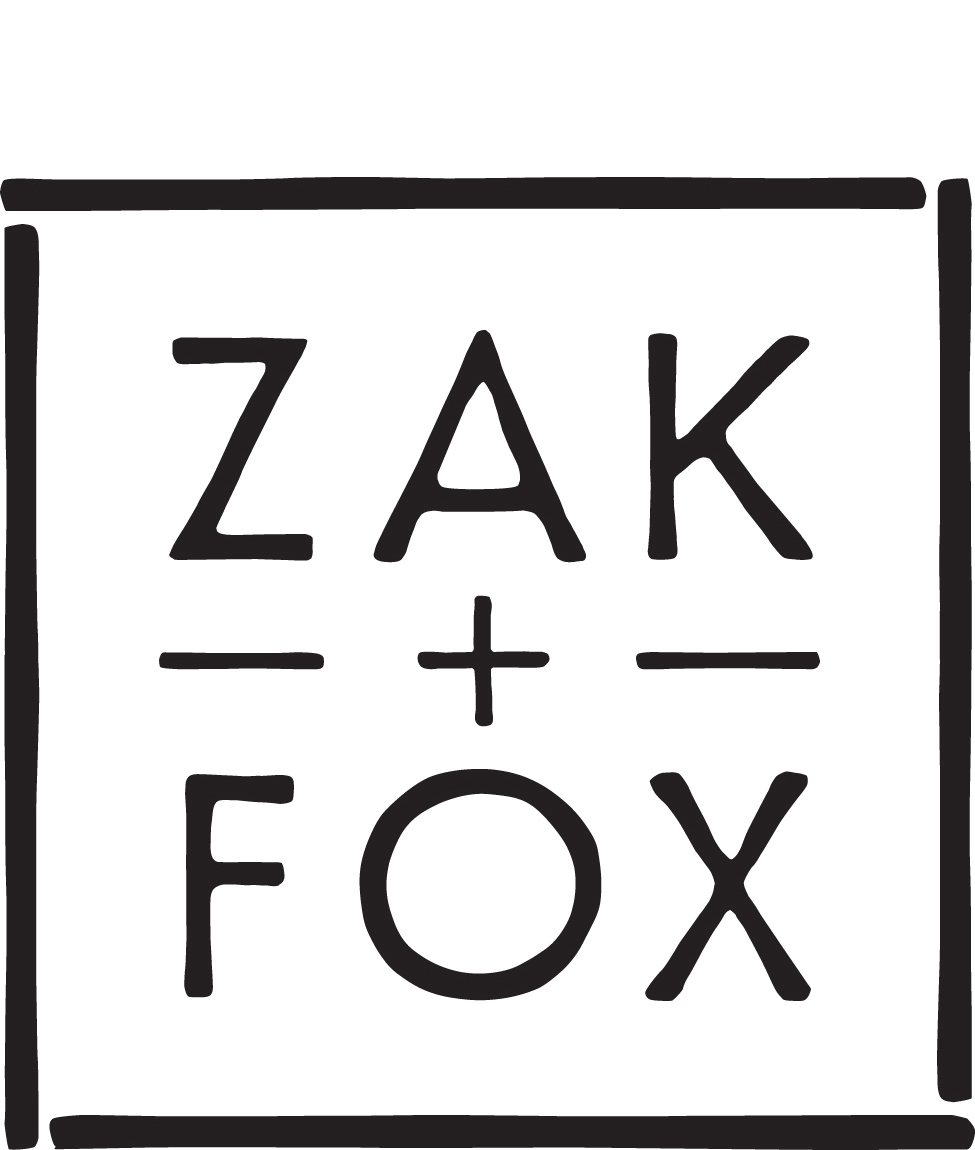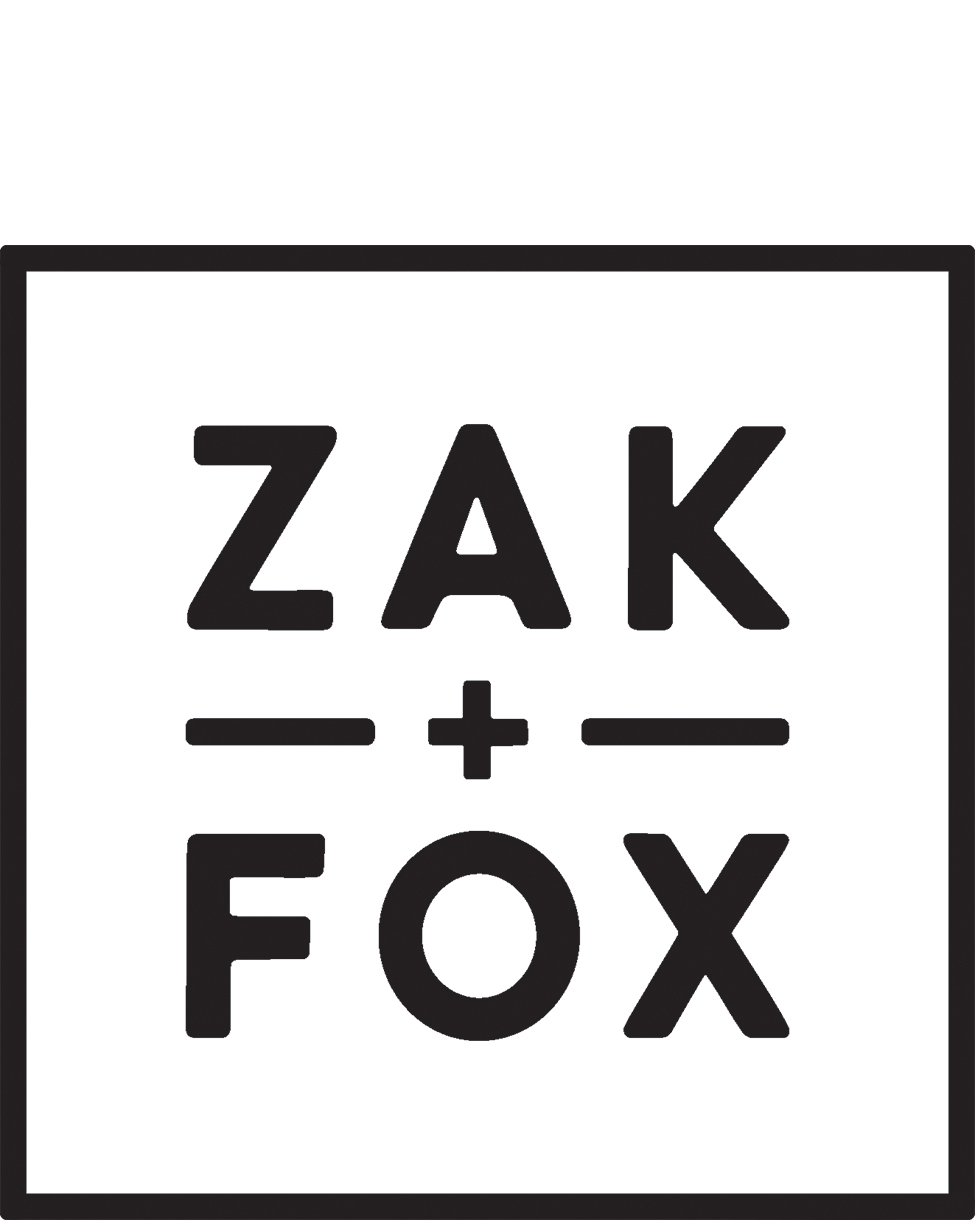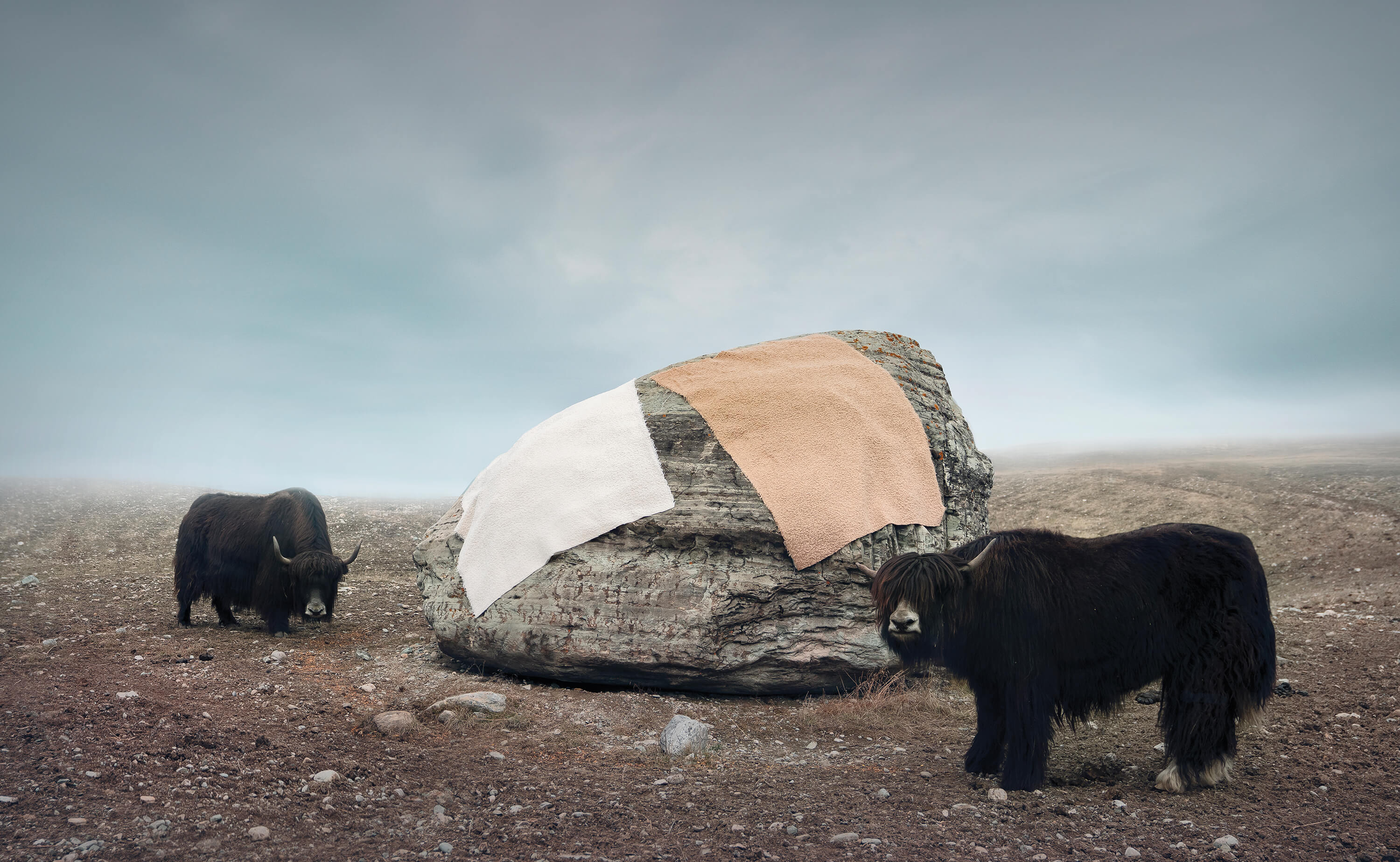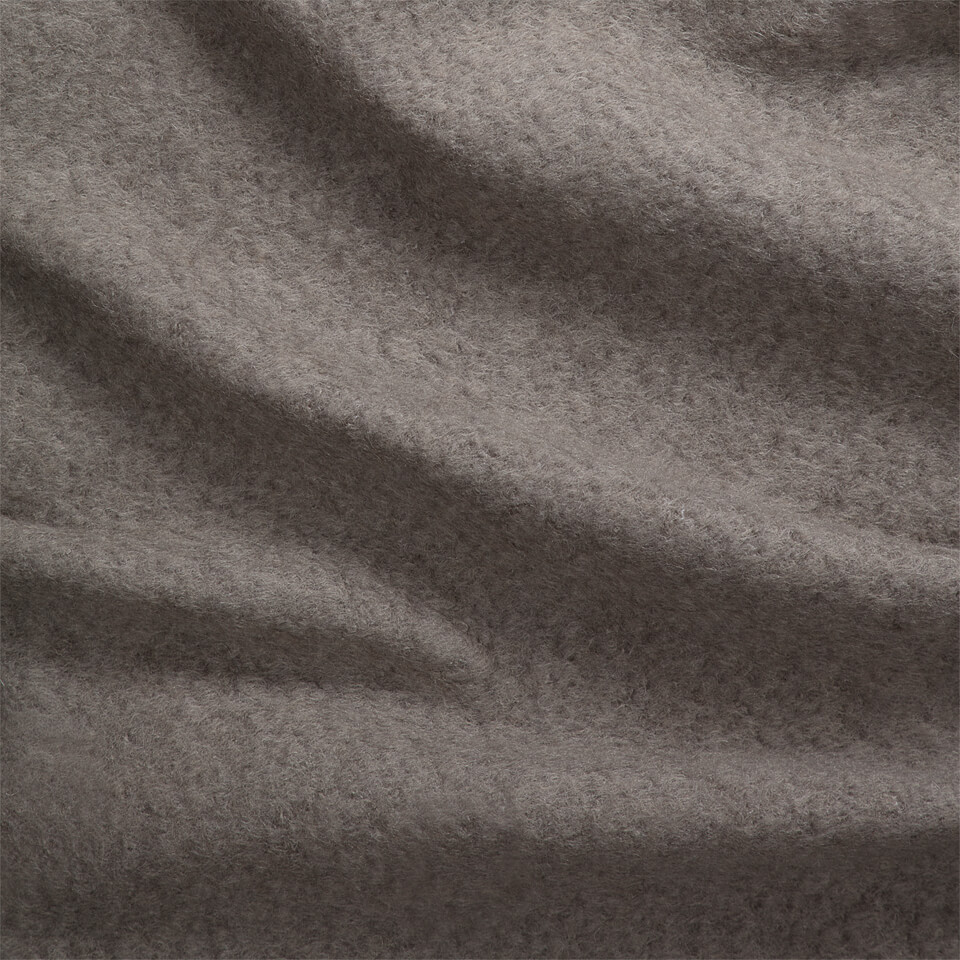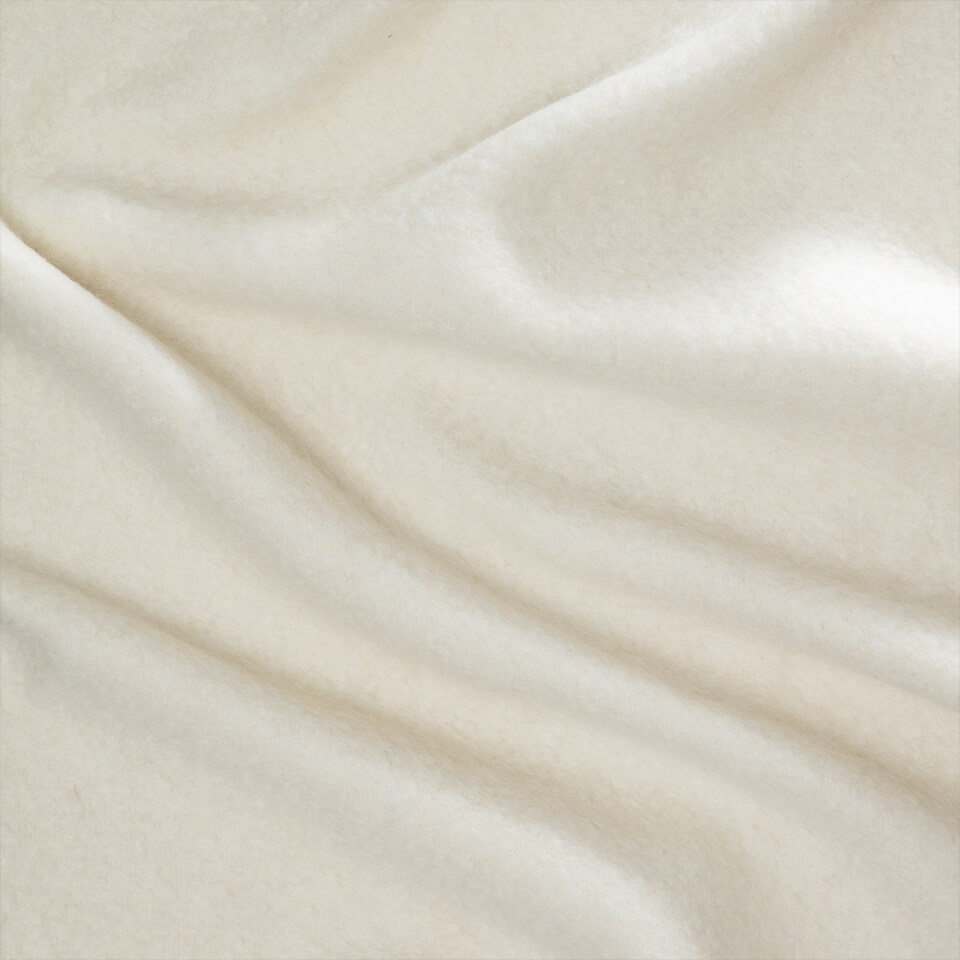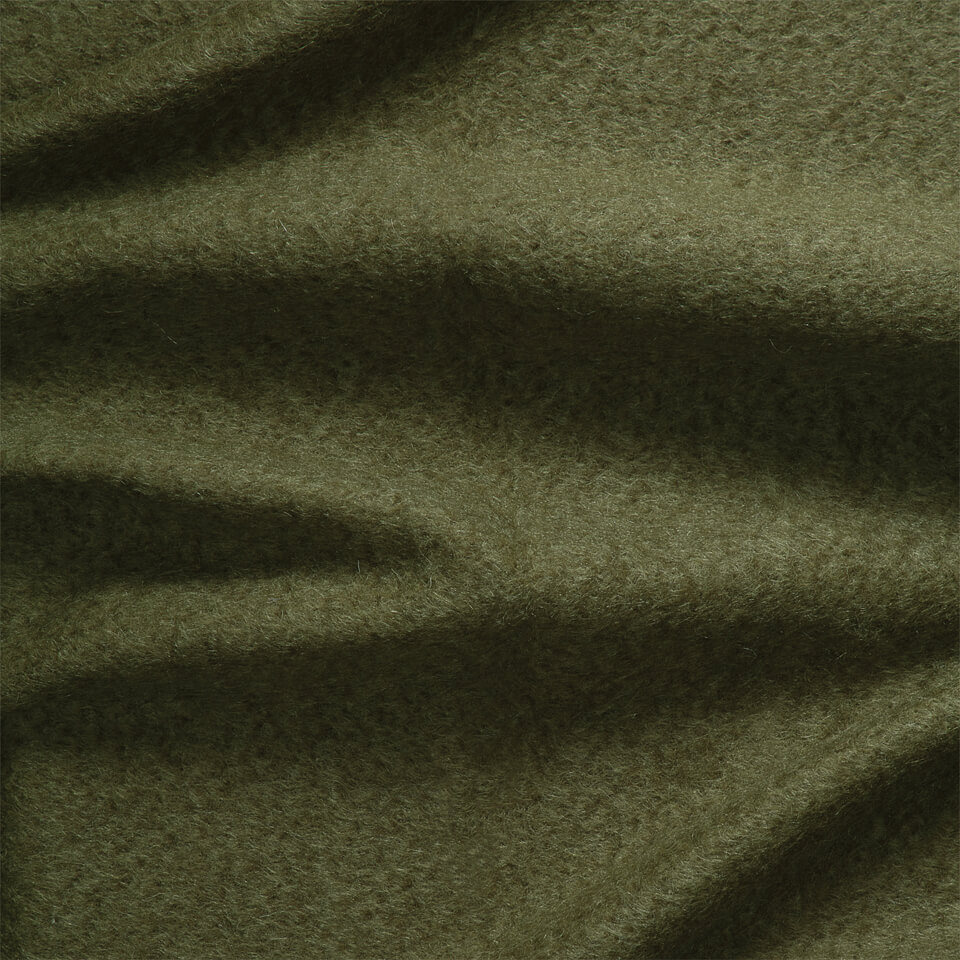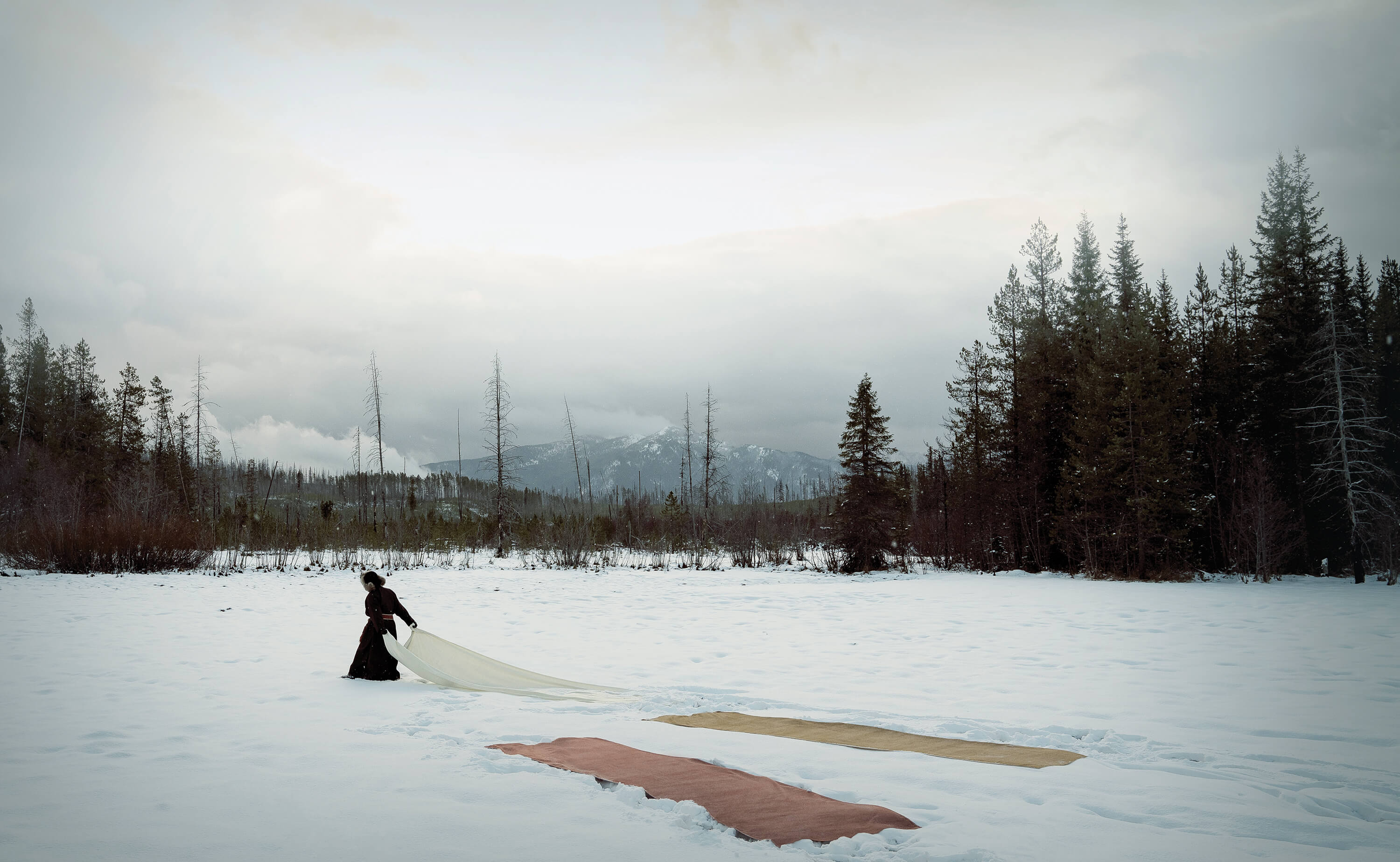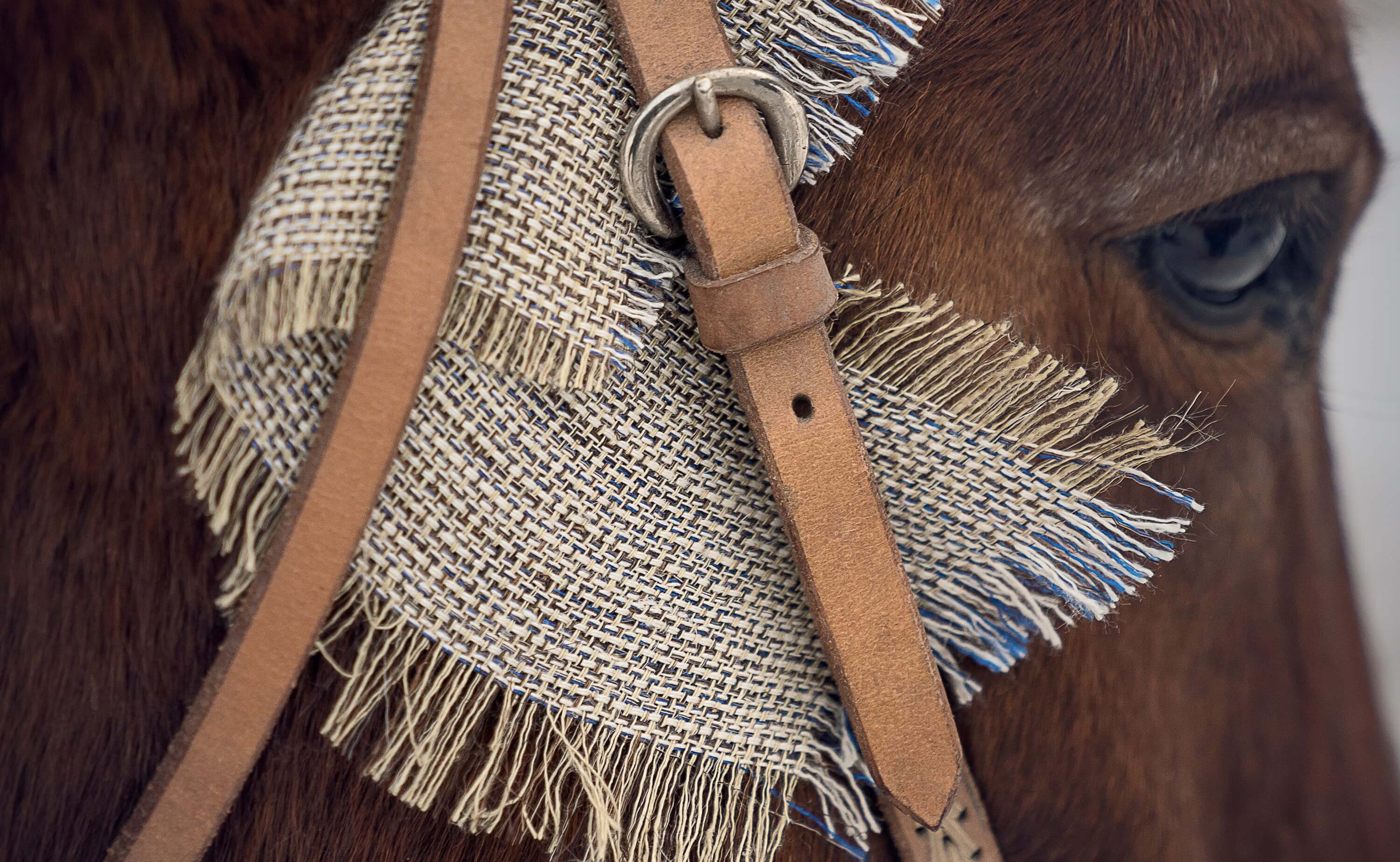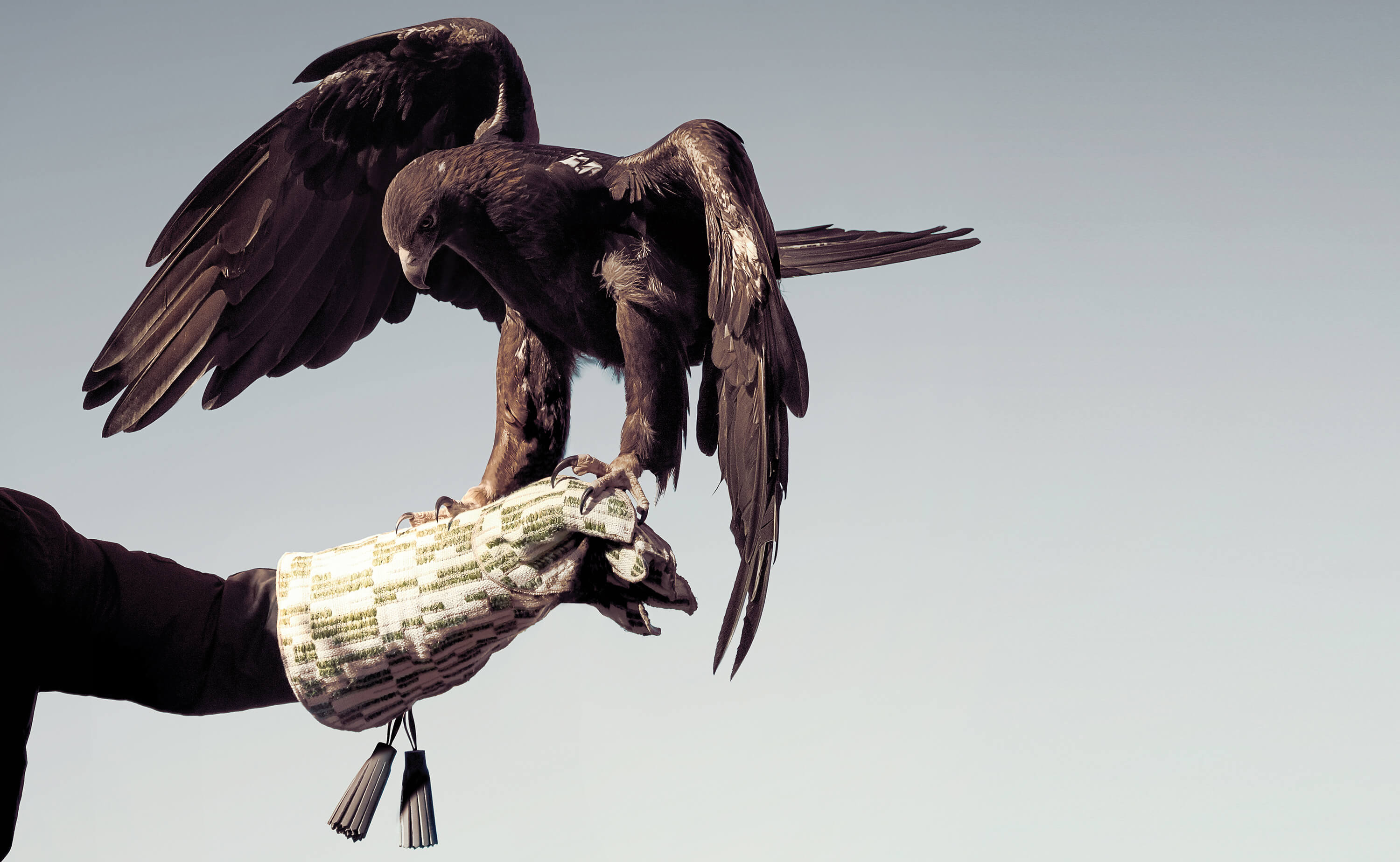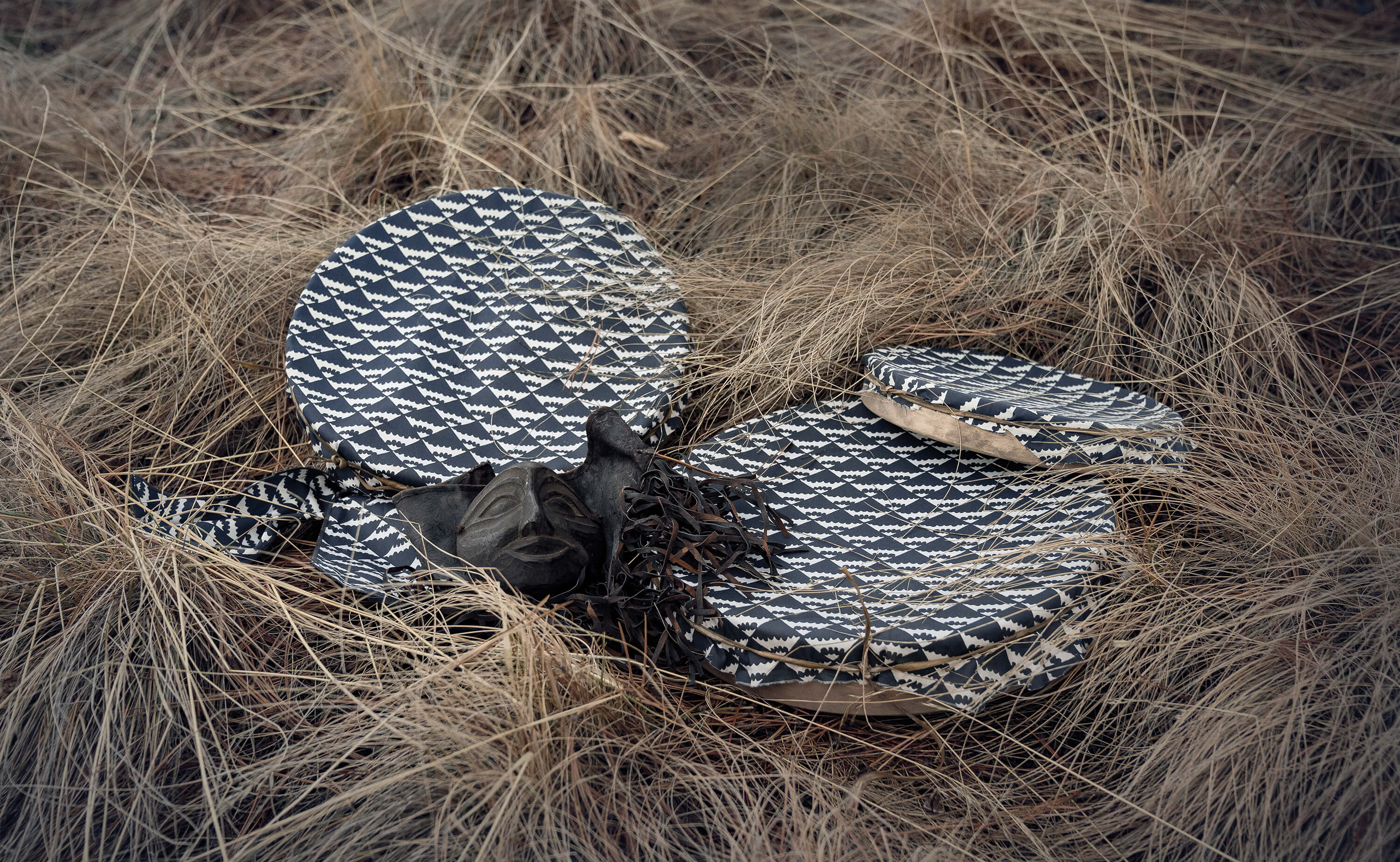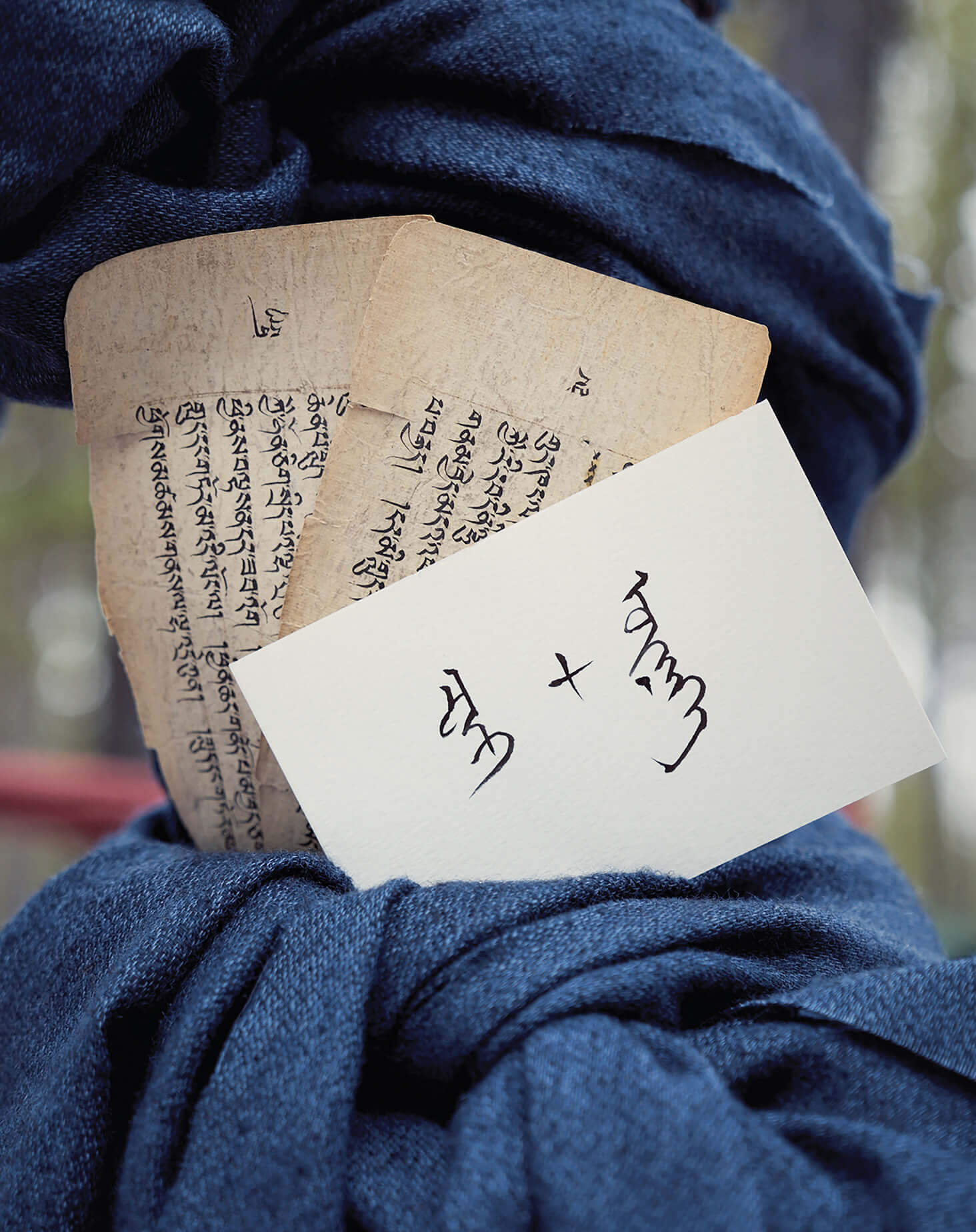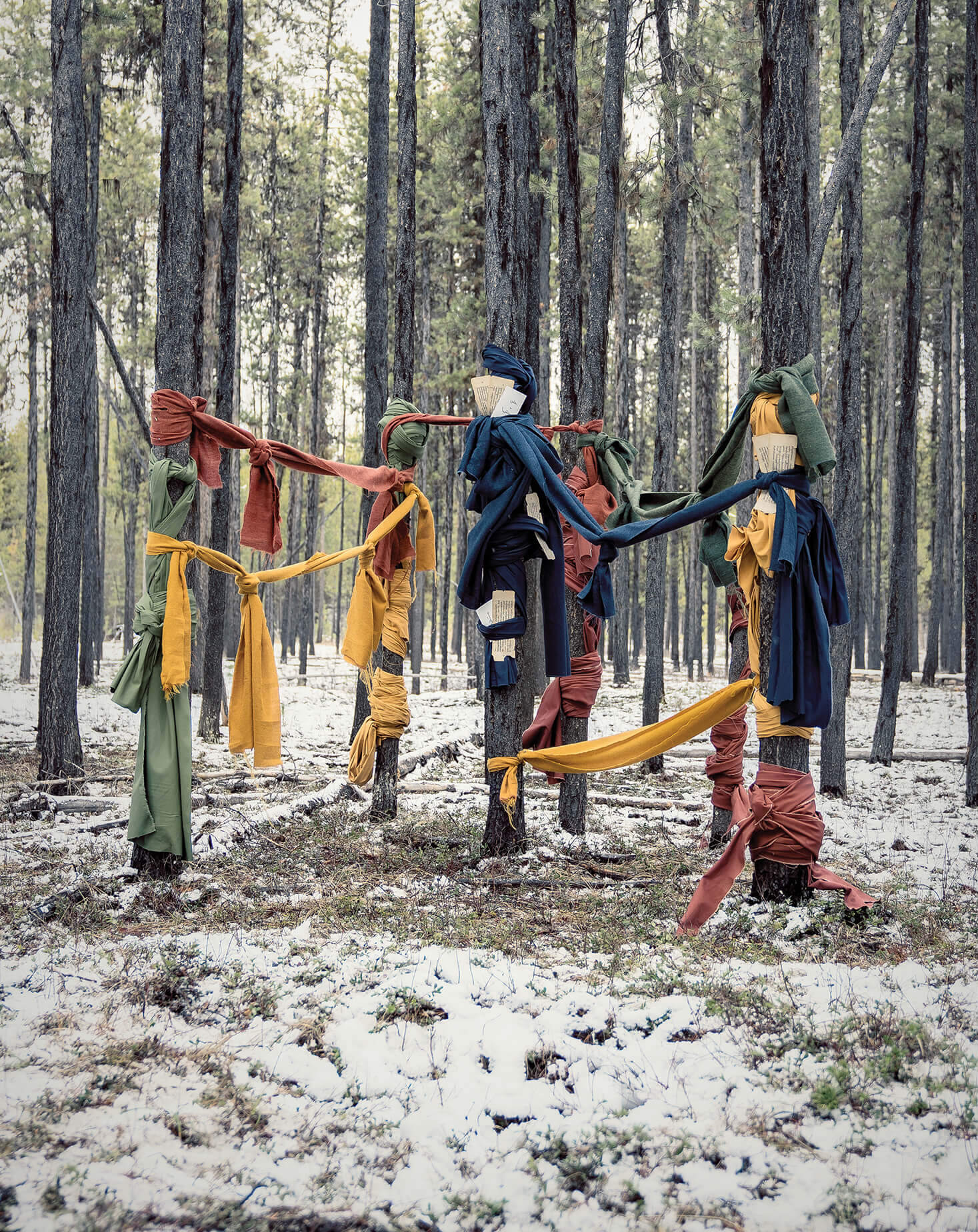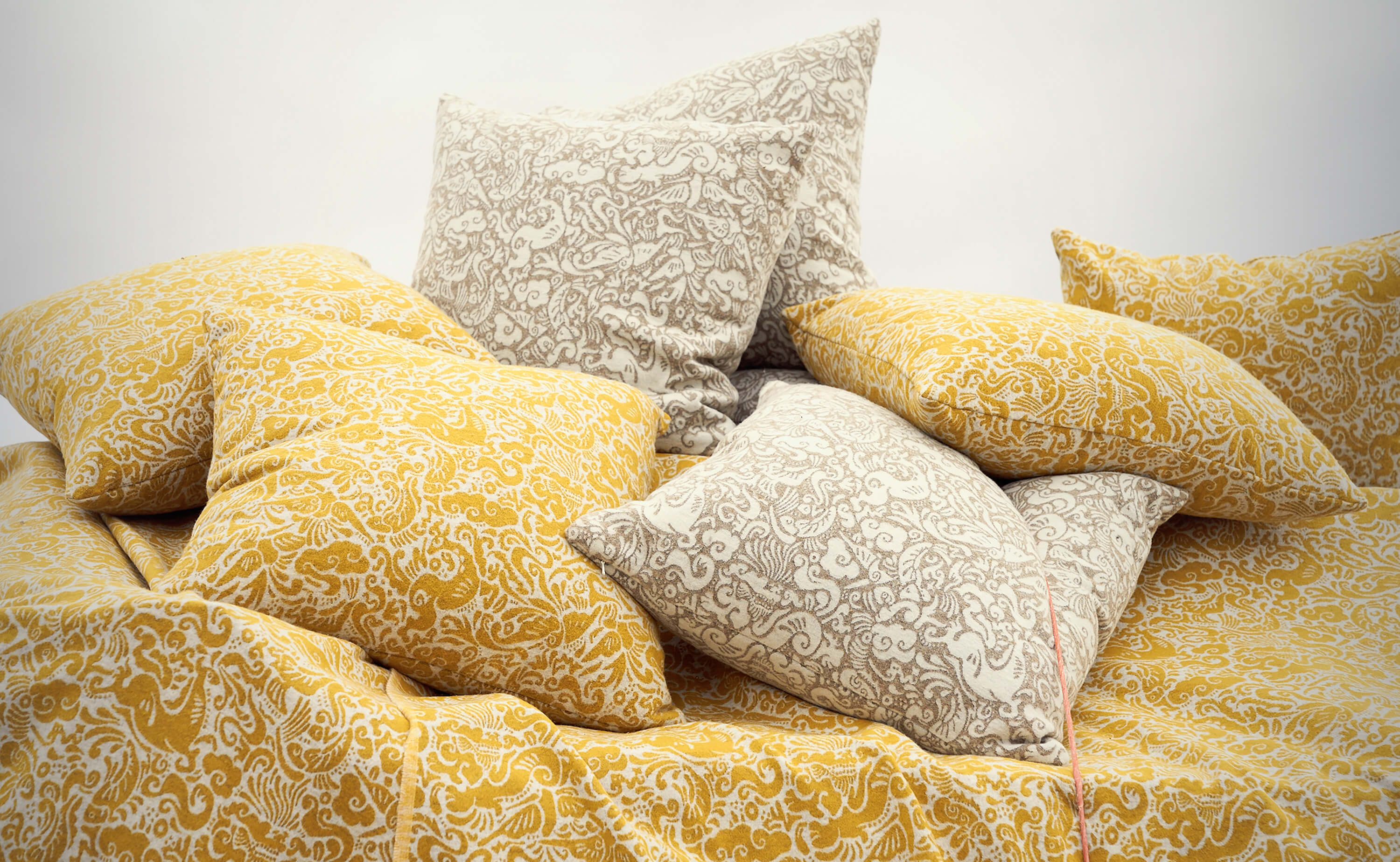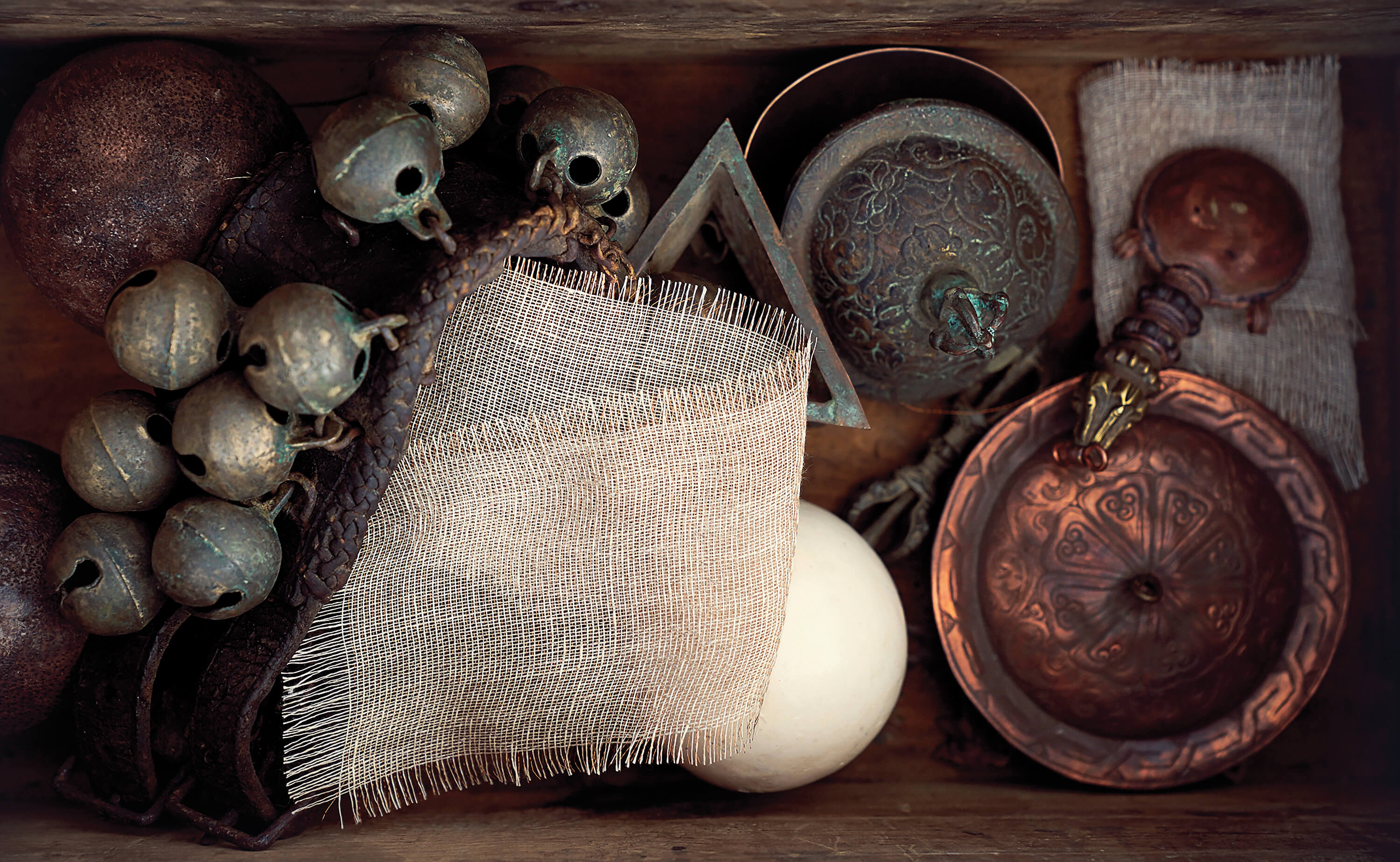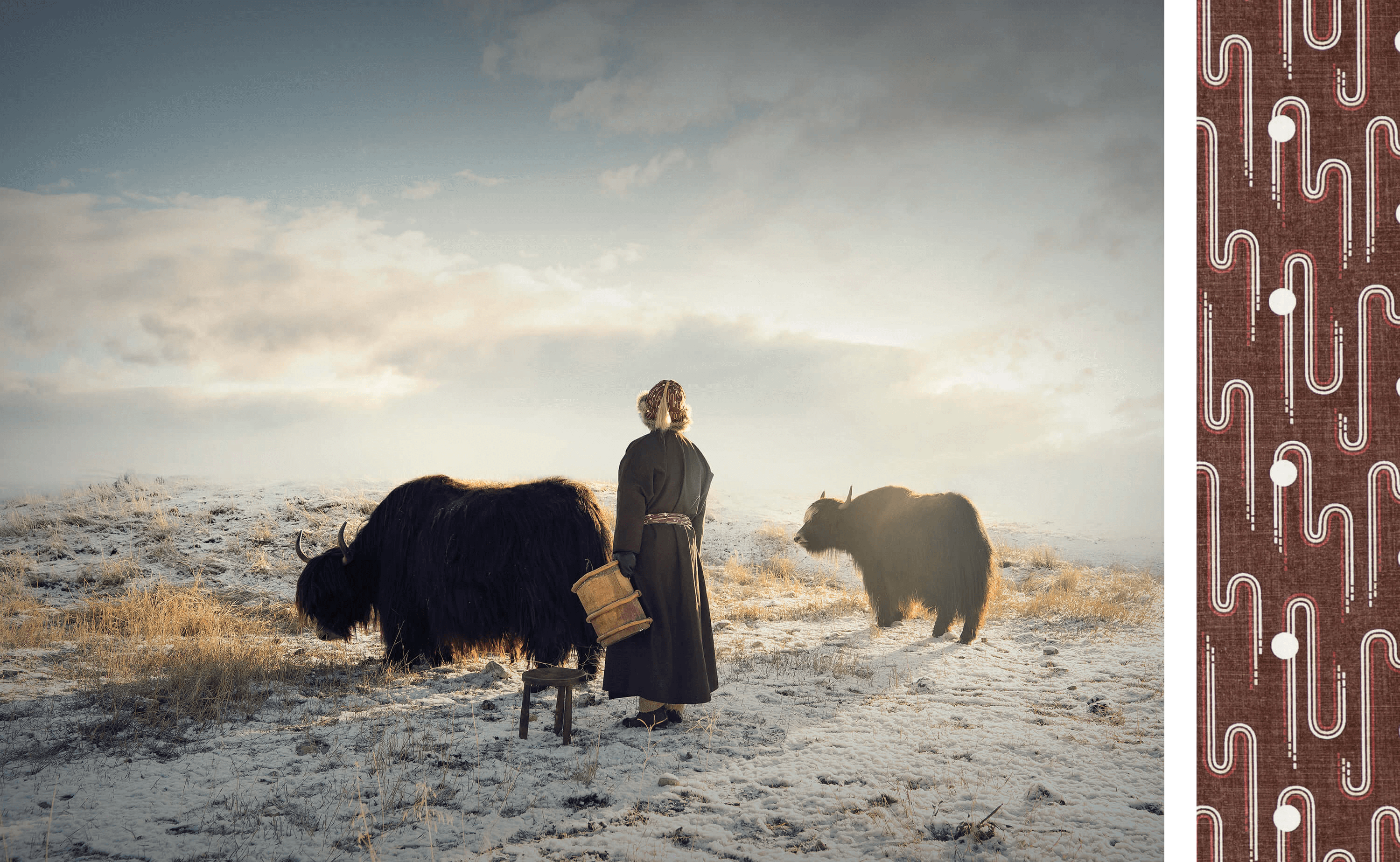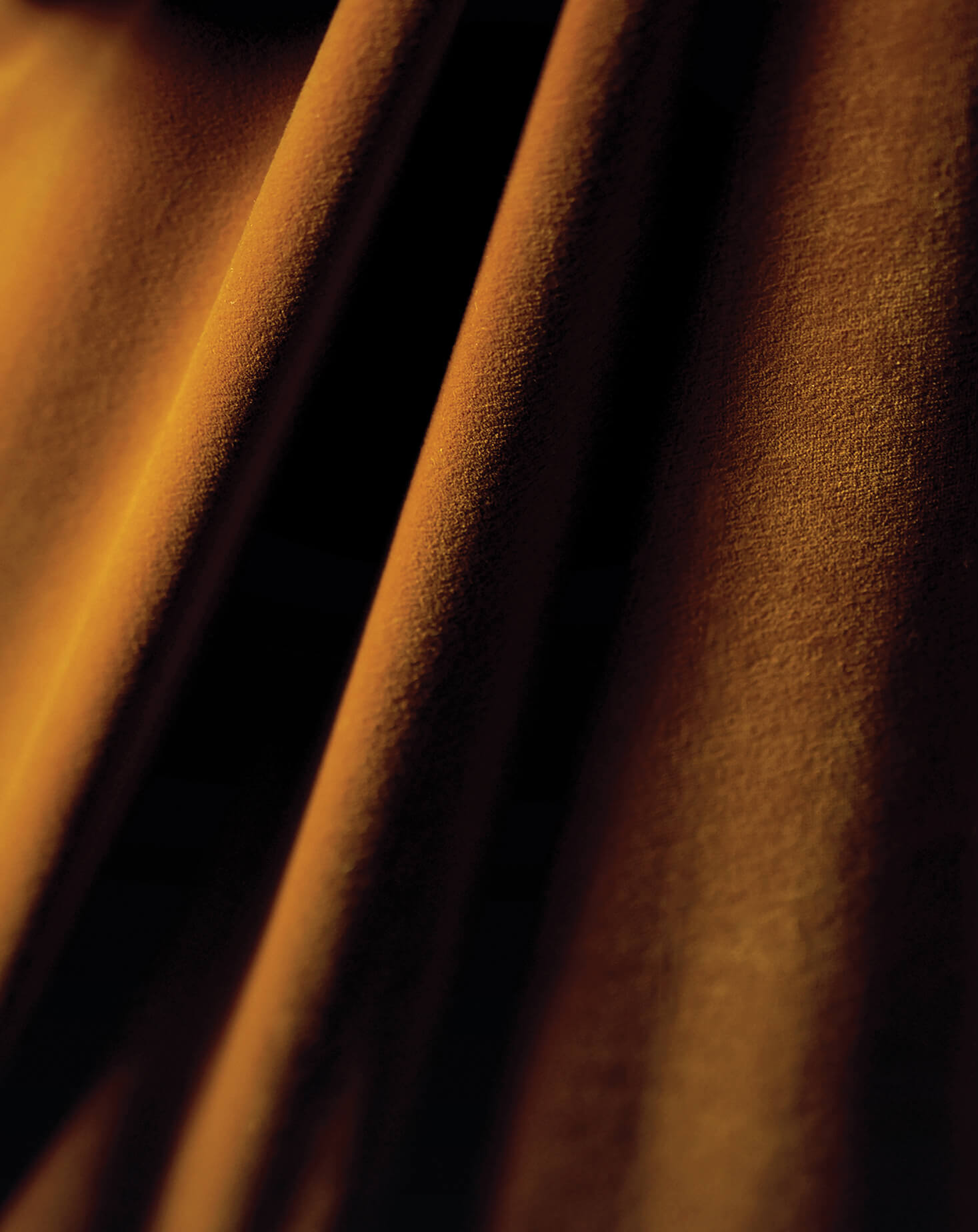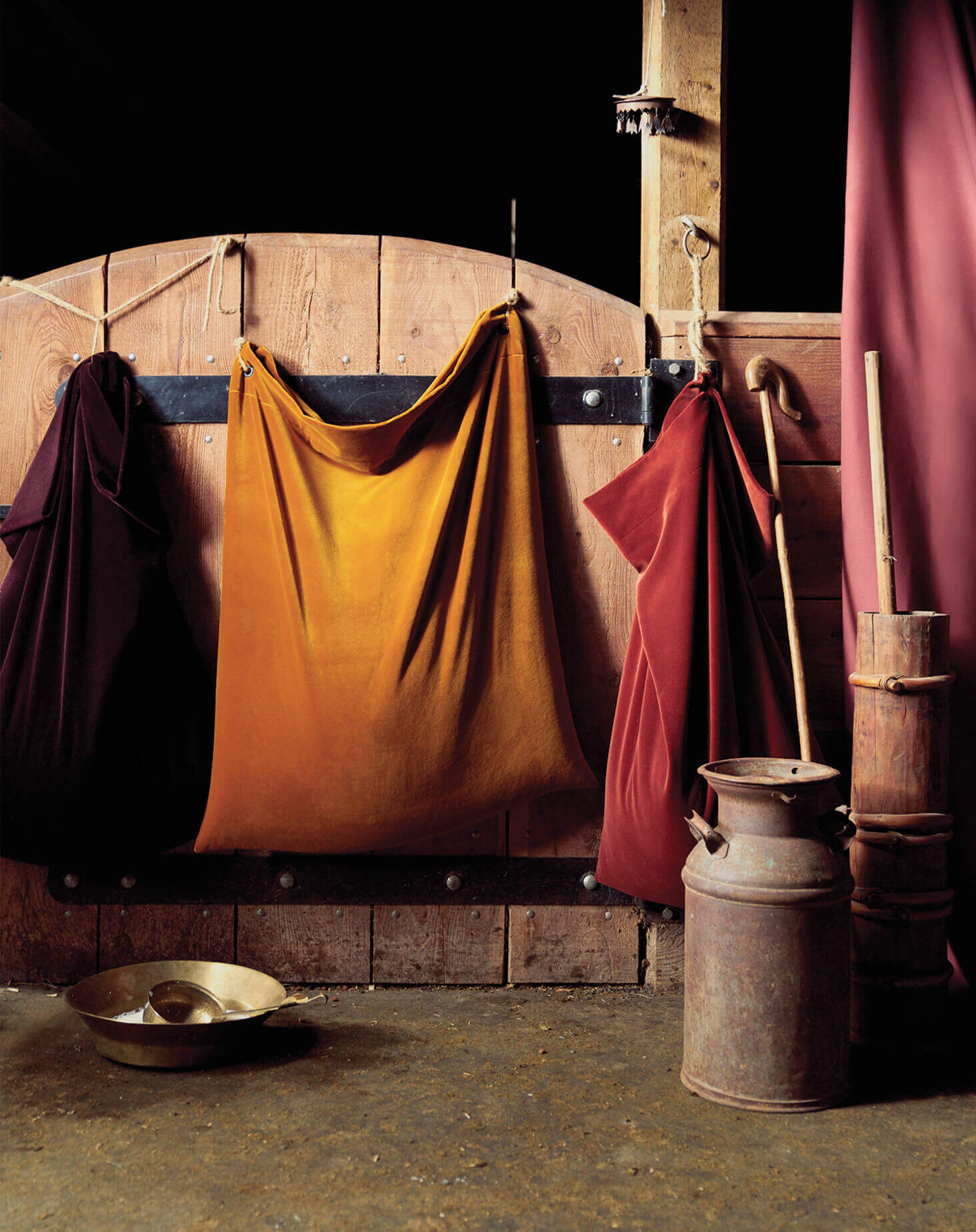BAATAR
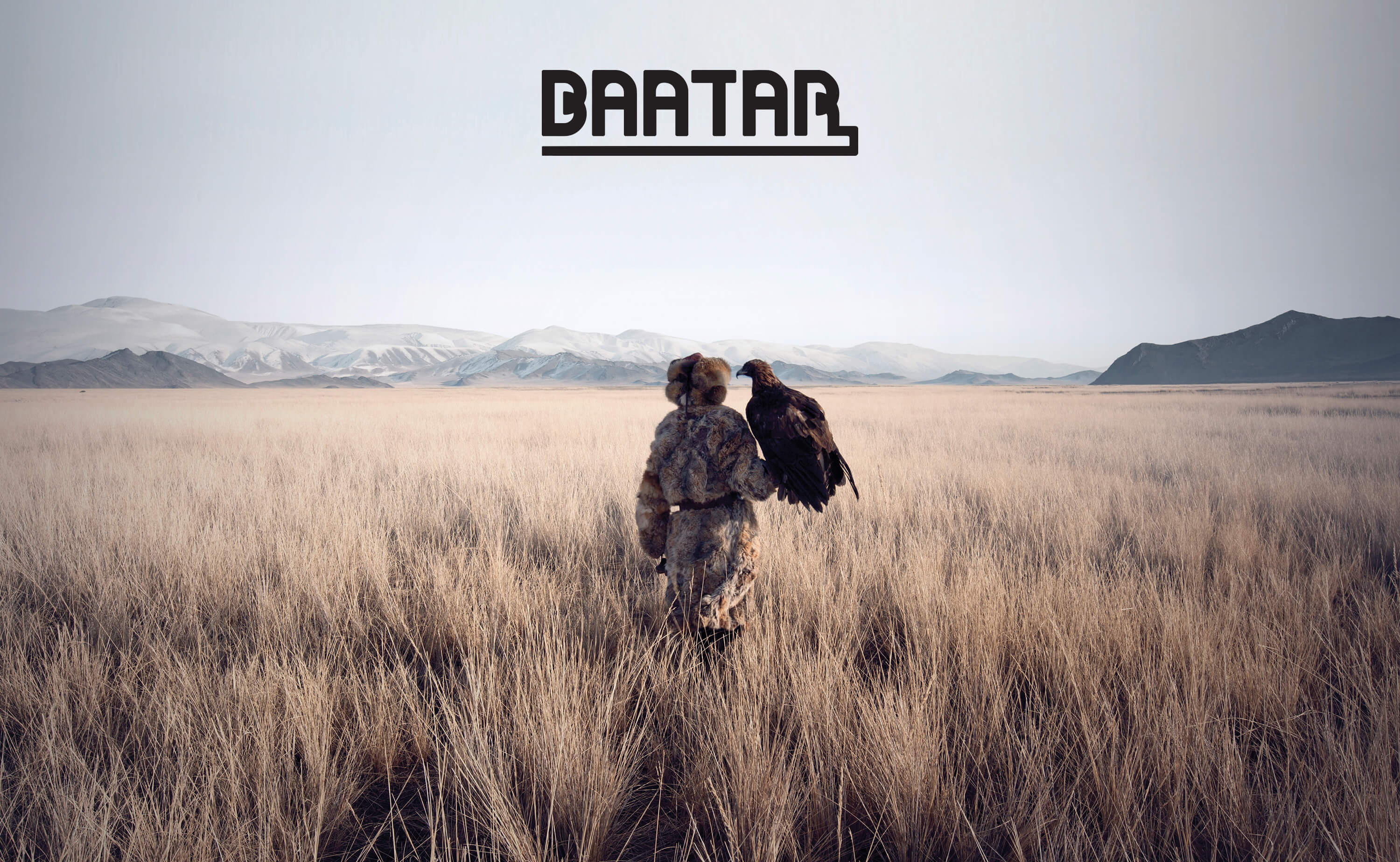
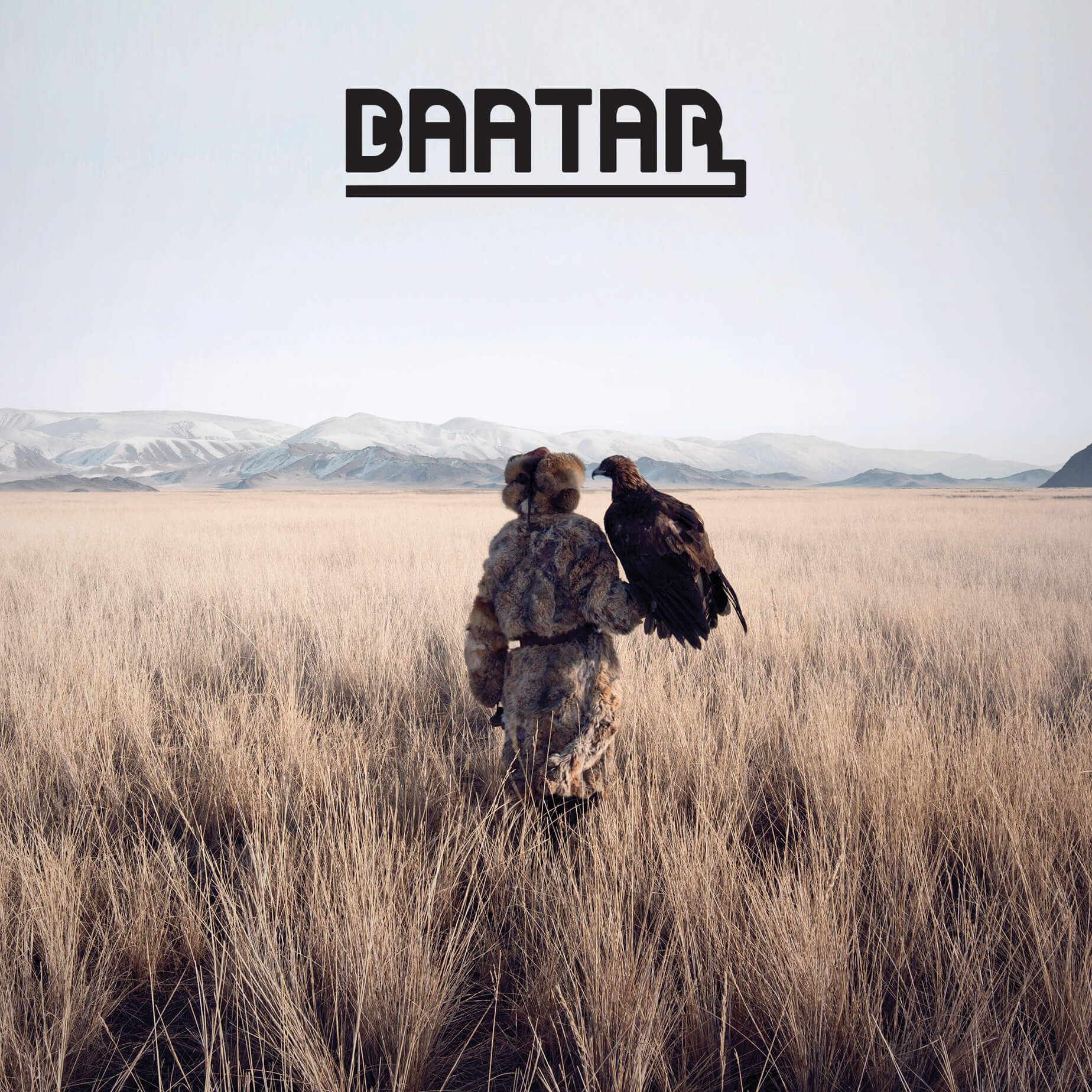
Nomads still wander across the Mongolian wilderness. Eagle hunters, riders on horseback, shepherds and shamans walk the borders between past and present. BAATAR — hero — is a term embedded in the names of countless people and places. It is the protector, the survivor of storms — a word that withstands an unforgiving landscape, a light illuminating the human ability to exist and persist.
The sky can split in an instant, a tempest of ice and snow. Cold looms in the air, unpredictable and ever-changing. A white felt tent is the only barrier against the wind — an envelope of protection against all elements. In the liminal space between shelter and peril, incredible things are bound to appear.
NOOS
In nomadic Mongolian cultures, wool is known as NOOS. It’s blessed at every stage, from shearing to felting. Rituals are the remnants of what we still hold sacred — the gifts of warmth, beauty and shelter for the spirit. Soft and enveloping, NOOS is more a refuge than a material.
ESGII
The history of textiles can be told through ESGII — the Mongolian word for felt. Used for tents, rugs, coats and clothing, felt remains a traditional offering at festivals, weddings and gatherings. In felted mohair and wool, ESGII is warm, dense and plush — a hearty material evocative of its namesake.
BATU
Raw wool, cleaned and carded, is the oldest known material used to make textiles. Felted wool is simple but uncompromising, refined in its resilience. BATU comes from the Mongolian word for strength and stability. It is timeless in its usage, able to withstand all that life brings.
ADO
Horses outnumber people in Mongolia. A herd — or ado — is a common sight on the steppes. Woven with ethically sourced Mongolian horsehair and linen, ADO exists within a tradition of long-wearing textiles. It is a study in contrasts: strong but pliable, solid but light.
SAYAT
In the high Altai mountains, golden eagles nest between rocky outcroppings. Kazakh hunters climb the rocks, take young birds and train them for SAYAT, the sport of eagle hunting. After years of catching hares and foxes, the eagles fly back into the wild, their feathers flashing dark and light against the sky. Woven from wool and linen, SAYAT’s tonal texture evokes the piebald markings on the eagle’s feathers.
ORKHON
Mongolia’s Orkhon Valley is the cradle of nomadic culture. Ancient Turkish, Russian, Chinese and Mongol tribes once crossed its grasslands, and their descendants survive today. ORKHON is inspired by its expansive horizon — a symbolic meeting of mountains and valley, and an homage to a terrain that links East and West.
MANCHU
Under a blanket of blue sky, the Mongolian-Manchurian grasslands encompass the borders of China and Mongolia. Shepherds and hunters live side by side, as the infinite horizon embraces all ambiguities. MANCHU is diaphanous yet tenacious — a tribute to the vast and vulnerable landscape.
AMiTAN
In Mongolian Shamanism and Buddhism, animals are amitan — beings with souls. Wolves, deer, eagles and reindeer all reincarnate, just as humans do. Some house the spirits of ancestors, teachers and shamans. Woven from wool, then felted, AMITAN is a lyrical interpretation of a centuries-old, resist-dyed felt rug. Ancient Chinese and Mongolian artists decorated felt rugs with entwined animals — symbols of the sacred connection between all beings.
GOBi
In the Gobi Desert, the air shapes dunes into “singing sands” that bend like waves with the howling wind. As the sun moves across the sky, colors change from rose to gold to white. Crafted from copper and linen, GOBI is pliable. Like its namesake, it catches the light in graceful turns. As it bends, it remembers its shape, holding its curves and contours.
ROTO
Loosely based on Russian rotary prints from the early 1900s, ROTO speaks to the cycles of history. A sun-and-moon motif winds its way across the fabric, looping together ancient archetypes and industrial Art Deco elements. Time and trends are cyclical. Day darkens, night dawns and the wheel turns. All things must pass.
BAYAN
Color blankets Mongolia’s limitless stretches of land. Viridescent grasslands, silver mountains and russet deserts seem to expand endlessly. Inspired by the Mongolian word for wealth, BAYAN speaks to the richness of nature — the extravagance of open spaces. A dense and deep velvet, BAYAN cloaks with the purest of color.
